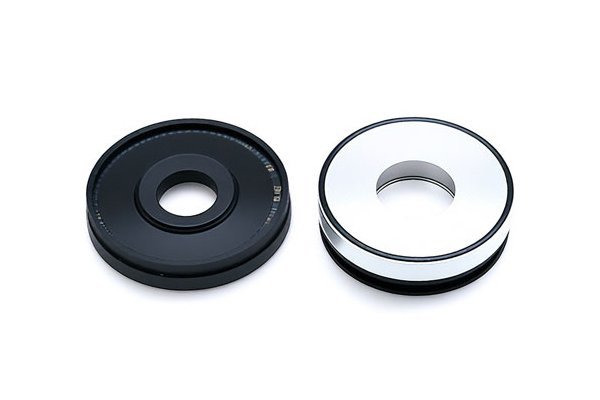Did you know that brass is one of the oldest alloys used in human civilization, dating back over 2,500 years? Renowned for its excellent machinability, corrosion resistance, and aesthetic appeal, brass remains a popular choice in various manufacturing sectors, particularly when coupled with modern CNC (Computer Numerical Control) machining technologies. However, while CNC machining continues to revolutionize our approach to metal fabrication, the unique characteristics of individual alloys, such as 625 brass, present distinct challenges that must be addressed during the machining process.
In this comprehensive guide, we will delve into the special considerations necessary for successful CNC machining of 625 brass, exploring its properties, machining techniques, tooling considerations, and post-machining processes, ultimately providing a robust framework to ensure high-quality outcomes.
Understanding 625 Brass
What is 625 Brass?
625 brass, also known as C62500, is a nickel-chromium brass alloy known for its unique combination of strength, corrosion resistance, and ease of machinability. This particular alloy typically contains about 63% copper, 4% nickel, and 0.4% iron, among other elements, giving it robust mechanical properties that make it ideal for various applications, including marine, automotive, and aerospace industries.
Properties of 625 Brass
Understanding the properties of 625 brass is critical when planning for CNC machining. Some of its key attributes include:
Applications of 625 Brass
Due to its unique properties, 625 brass is employed in various sectors, including:
Special Considerations in CNC Machining of 625 Brass
When machining 625 brass parts using CNC technology, there are several areas that require special attention to ensure optimal outcomes. Below, we outline these considerations in detail.
The choice of tools is arguably the most critical aspect of CNC machining. When working with 625 brass, it’s essential to choose the right cutting tools, which generally include:
Solution: Always ensure that tools are sharp and appropriately maintained to avoid unnecessary wear and to produce high-quality finishes.
Establishing the correct cutting parameters is crucial to successful CNC machining. Key parameters include:
Solution: Conducting initial trials can help establish the optimal parameters individualized to specific machining operations.

Although 625 brass has good thermal conductivity, the machining process still generates heat, which can lead to tool wear and part distortion. Employing appropriate cooling methods can mitigate these issues.
Solution: Implement a well-planned cooling system to maintain optimal temperatures during the machining process.
CNC machining of brass generates chips that must be effectively removed from the cutting zone. Failure to do so can lead to chip recutting and poor surface finishes.
Solution: An efficient chip removal system should be in place, employing either air blasts or vacuum systems to maintain a clear workspace.
Achieving precise tolerances and surface quality is critical in machining. Factors to consider include:
Solution: Utilize inspection tools such as calipers and surface roughness testers to monitor and maintain consistency in tolerances and finishes.
The sequence in which machining operations are performed can impact the overall success of the project. Each operation can affect the materials differently, leading to potential issues such as warping or misalignment.
Solution: Strategize the machining sequence wisely, starting with operations that relieve internal stress and gradually progressing to more challenging tasks.
Post-Machining Considerations
Once machining is complete, additional considerations are vital for ensuring the integrity and usability of the final product.
Deburring is crucial to eliminate sharp edges and improve safety, as well as to prepare parts for secondary processes such as coating.
Solution: Employ mechanical or chemical deburring techniques to achieve a smooth finish.
While 625 brass generally has good corrosion resistance, additional surface treatments may be necessary for specific applications.
Throughout the machining process, adhering to quality control is essential to maintain consistency and reliability in performance.
Solution: Implement a quality management system that includes periodic checks and balances throughout the production cycle.
CNC machining of 625 brass presents a fascinating yet intricate challenge, requiring attention to detail at every step. By understanding the unique properties of 625 brass, selecting appropriate tooling, optimizing machining parameters, and diligently addressing post-machining processes, manufacturers can produce high-quality components that meet stringent industry standards.
In summary, this blog highlighted several special considerations for CNC machining 625 brass, from tooling and cutting parameters to cooling methods and quality control. As technology continues to evolve, keeping abreast of these techniques is vital for optimizing manufacturing processes. By applying the strategies discussed, you can enhance the capabilities of your CNC machining operations and ultimately contribute to the success of your projects.
Consider this guide as your roadmap to not just understanding the nuances of machining 625 brass but as a call to innovate and continuously improve your machining methods. Embrace the challenges, and remember






